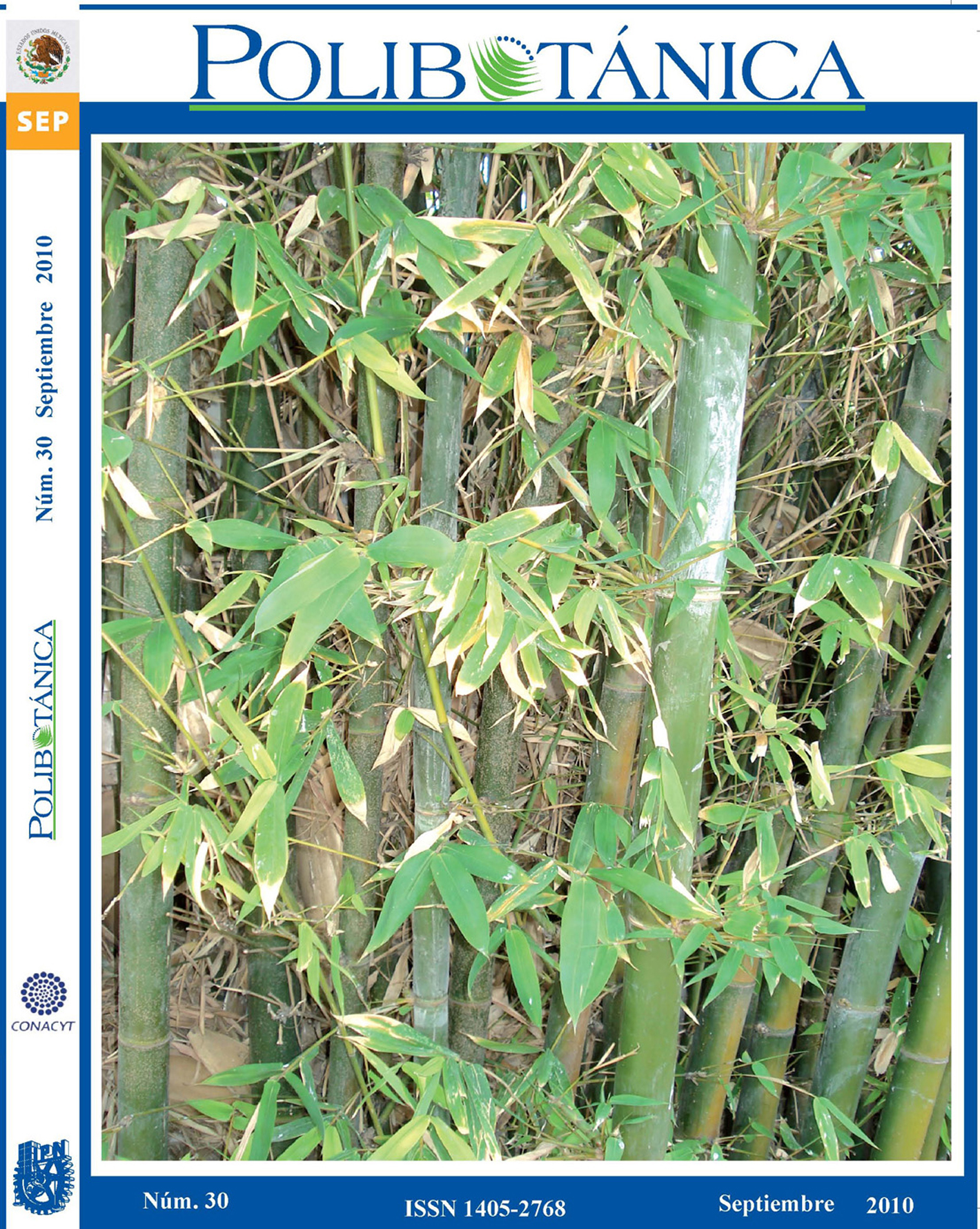GRAMÍNEAS (POACEAE) ORNAMENTALES Y USADAS EN ARTESANÍAS EN COLOMBIA
Abstract
A study was conducted on the grasses
(Poaceae) used as ornamentals and in handicrafts in Colombia. A total of 134 species
belonging to 72 genera were documented
as useful; included were 77 native species.
Twenty-five species were recorded for the
first time for Colombia. Eighteen categories
of use were established, of which the more
important were outside gardening (85 species), floral arrangements (63), constitution
of sods (25), baskets and kitchen utensils
(13), and ornaments in religious montages
(12). Eleven plant structures were used for
decorative purposes or to make handicrafts,
of which the complete plant (113 species),
inflorescences (63), culms (14), and caryopses (seven) were the most important.
The genera with the greatest number of
valued species were Paspalum (seven
species), Eragrostis (six), Axonopus (five),
and Cortaderia (five). The species recorded
as being the most used were Gynerium
sagittatum (Aubl.) P. Beauv. (11 categories
of use), Guadua angustifolia Kunth (10),
Arundo donax L. (nine), Phyllostachys
aurea Rivière & C. Rivière (seven), Zea
mays L. (seven), Aulonemia queko Goudot
(six), Saccharum officinarum L. (six), and
Calamagrostis effusa (Kunth) Steud. (five).
Selected genera and species might be important for the economic development of
some Colombian regions. However, further
studies are needed to develop strategies for
the incorporation and use of other species
Downloads
Published
Issue
Section
License

Polibotánica by Departamento de Botánica de la Escuela Nacional de Ciencias Biológicas del Instituto Politécnico Nacional se distribuye bajo una Licencia Creative Commons Atribución-NoComercial-CompartirIgual 4.0 Internacional.




















